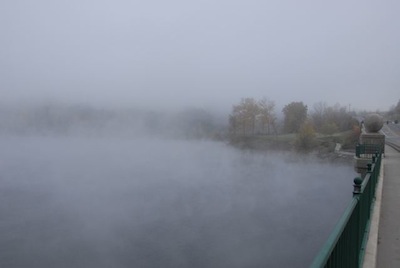Download
Download a pdf version of William Carroll Hill’s 1901 book, Dartmouth Traditions.
About the Book
William Carroll Hill (1875-1943?), of Nashua, N.H., received his Bachelor of Letters degree, a degree offered only between 1884 and 1904, in 1902. He was the historian of his class and wrote the Chronicles section of the the 1902 Class Day volume, a book that the printer gave the appearance as Dartmouth Traditions. Hill became an antiquarian, genealogist, and historian and apparently wrote a history of the New England Historic Genealogical Society.
Dartmouth Traditions was published when Hill was a junior. The book is not really about traditions and probably would be better titled Dartmouth Worthies. It is a collection of essays written by students and alumni. While the essays on Daniel Webster and other known personages are not very useful, some essays appear the contain information that is only available in this book. Examples are the report on the investigation into the history of the Lone Pine and the first-person account of the drowning death of Harriet Beecher Stowe’s son.
About this Project
The transcription of this somewhat hard-to-find book began in 2003. The book has since become available in Google Books, which somewhat defeats the purpose of the project. The Google Books version has the great advantage of reproducing the attractive typography of the original, but its computer transcription is not as accurate as that of the version presented here.
[Update 05.13.2011: The Rauner Library Blog has a post on Hill, highlighting the Stowe episode.]
[Update 12.21.2010: Link to pdf posted.]


